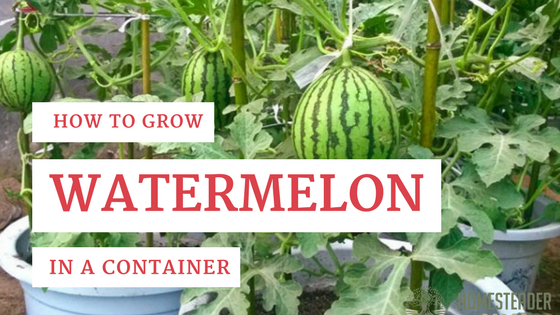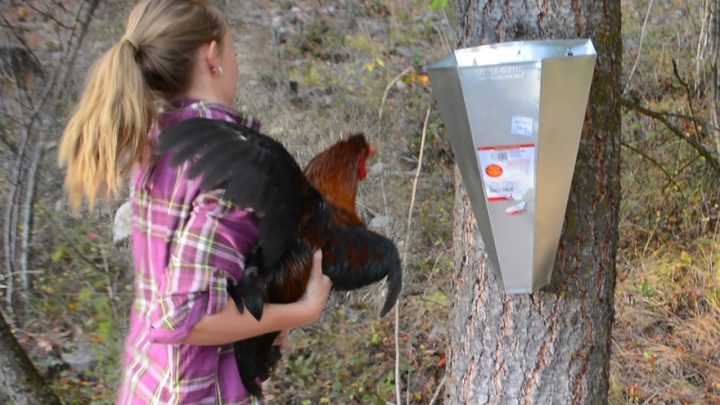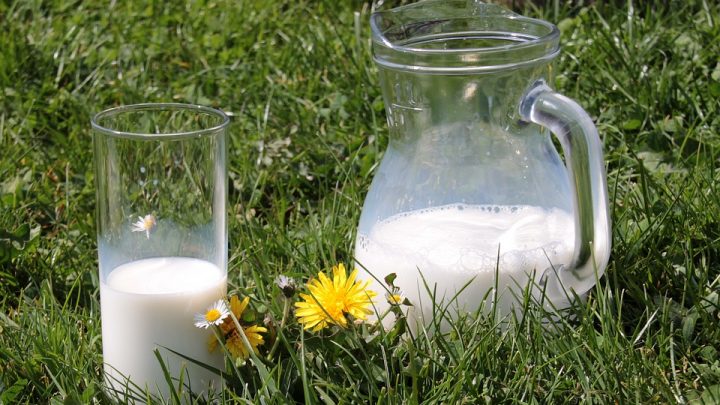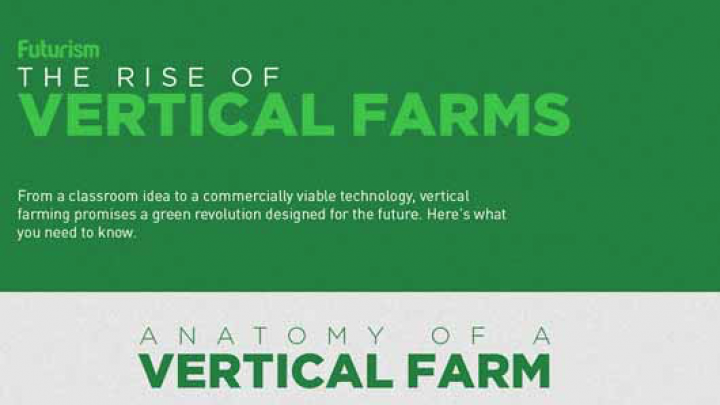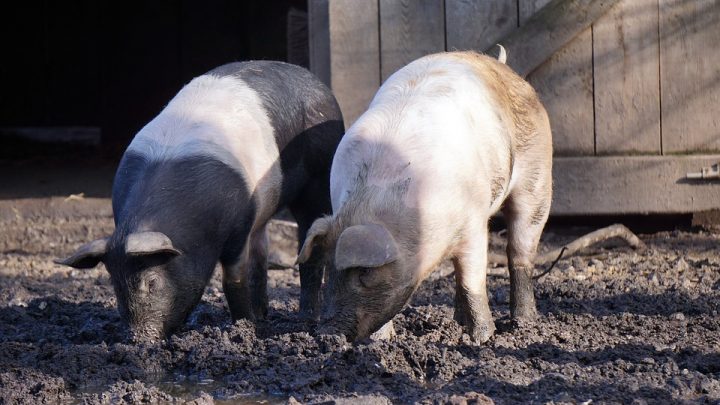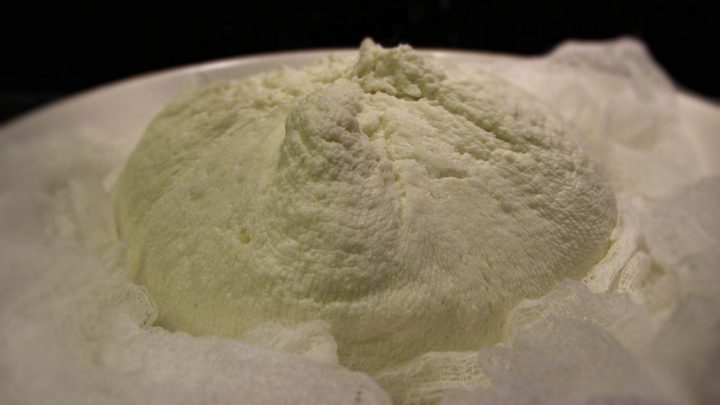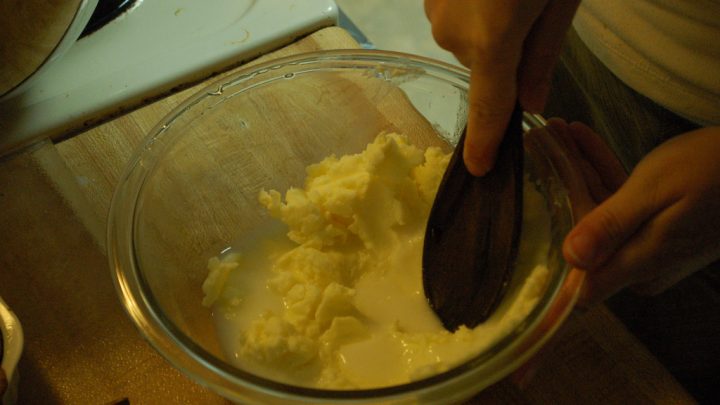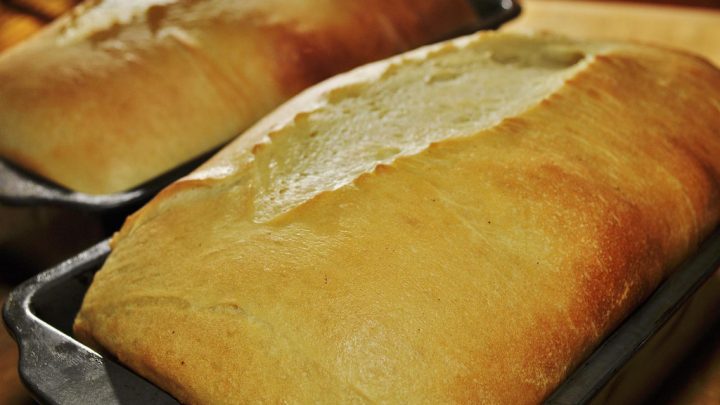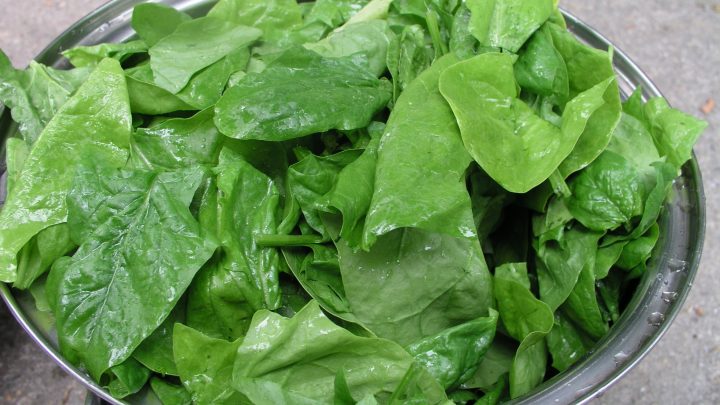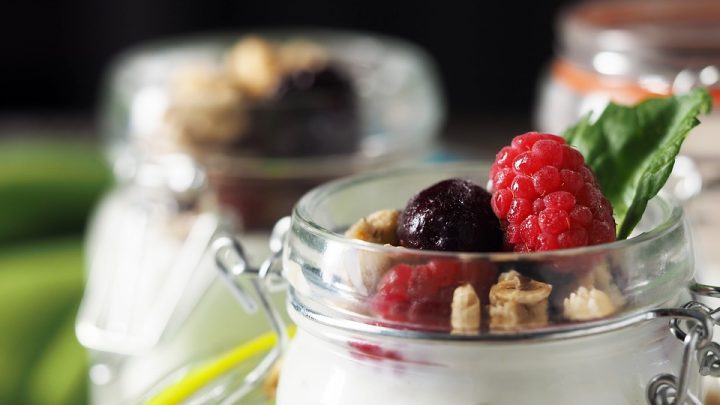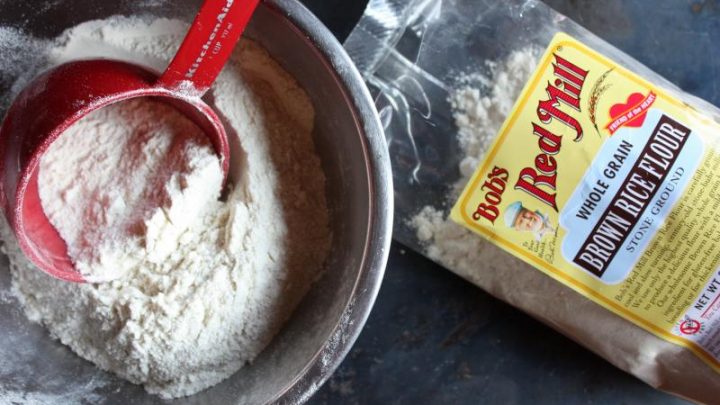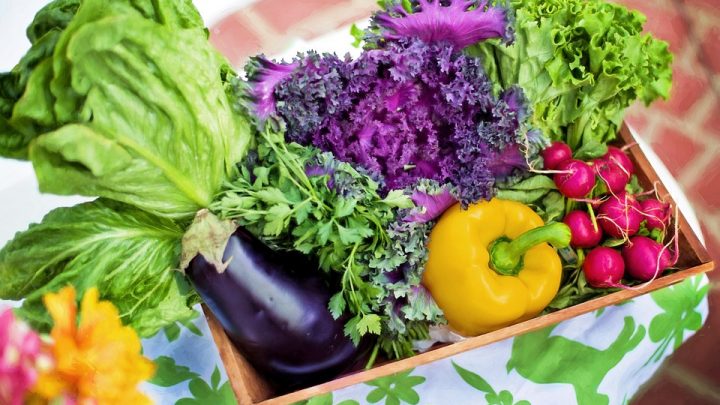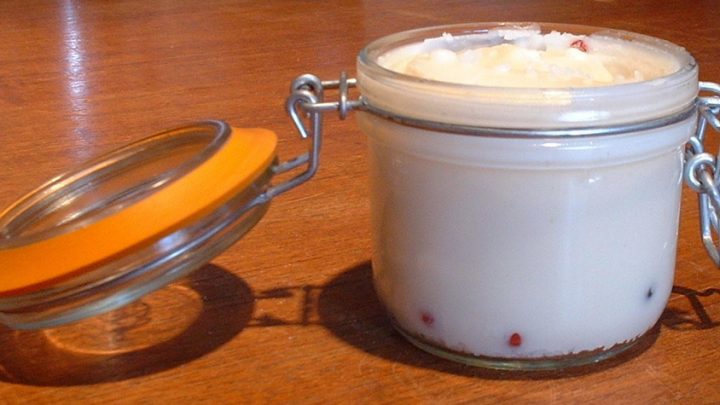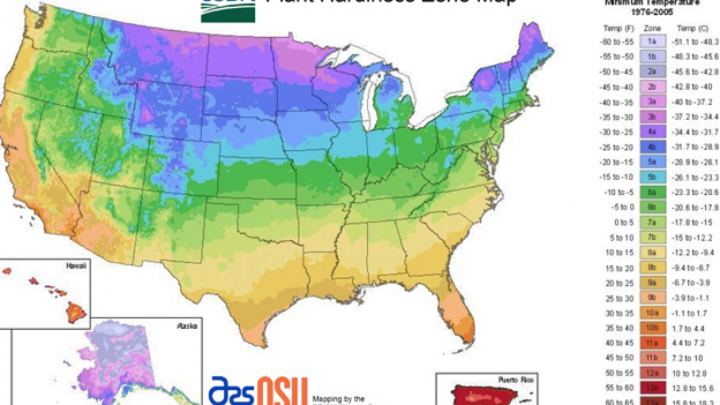How to Grow Watermelon in a Pot
There’s nothing quite as refreshing on a hot summer day as a nice, juicy watermelon. Unfortunately, the watermelons you find in the supermarket are often conventional and even GMO. If you’d like to harvest some of your own this summer, you don’t need a whole field, you can grow them right in your backyard or porch! Here’s how: Container: Watermelons will need a large, deep container, at least 2′ deep, so that it’s long taproot will have enough space to expand. Choose something sturdy as well, and with proper drainage. Soil: Watermelons like both sandy and loamy soil, with plenty of […]
Read more »
